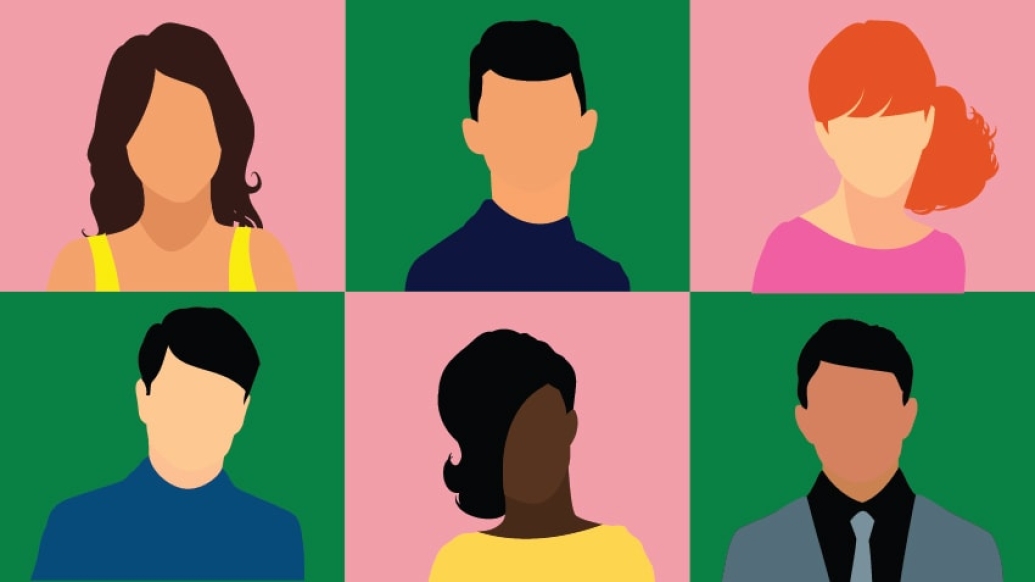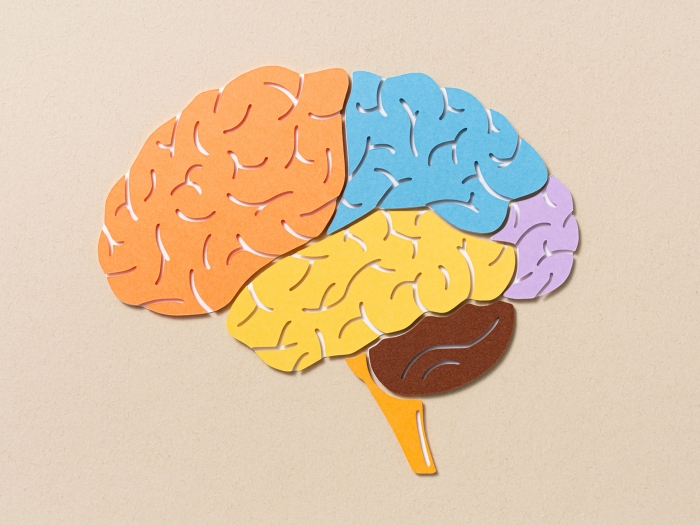An investigation into racial disparities in migraine treatment came up empty, but instead it found a different concern that reaches across populations.
1:00 PM
Author |

African-Americans are more likely to experience debilitating migraine headaches than whites, but a new study probing the issue found no evidence of racial disparities in treatment practices.
MORE FROM THE LAB: Subscribe to our weekly newsletter
Instead, researchers report a different finding that affects everyone: opioid overuse.
"Our hypothesis was not proven," says first author Larry Charleston IV, M.D., M.Sc., an assistant professor of neurology at the University of Michigan Medical School. "However, we found people were getting prescribed opioids as much as they were getting prescribed medications that are much better for migraines. This is an opportunity for clinicians to improve prescribing practices when treating migraine patients."
Charleston, along with author James Burke, M.D., also an assistant professor of neurology at U-M, studied results from 2,860 migraine visits in the U.S. between 2006 and 2013. Seventy-six percent of patients were non-Hispanic whites, while 10 percent each were African-American or Hispanic.
The authors reported the research in Cephalalgia, the journal of the International Headache Society.
Evidence-based medications underused
African-Americans were 4 percent less likely to receive all high-quality abortive agents and Hispanics were 5 percent less likely to receive all high-quality prophylactic agents compared with non-Hispanic whites, yet neither difference was statistically significant. Charleston says evidence-based medications are being used about as often as opioids.
SEE ALSO: Why U.S. Doctors Love Opioids and Hate Marijuana for Chronic Pain
In all groups, 15 to 20 percent of patients received a Level A abortive, which is an evidence-based medication intended for acute migraine treatment, such as a triptan or dihydroergotamine. (Specifically, 15.3 percent of African-Americans, 19.4 percent of non-Hispanic whites and 17.7 percent of Hispanics received one.)
Overall, 38.9 percent of patients were not prescribed any abortive medication.
"This shows an underuse of medications with high-quality evidence," Charleston says. "Even for patients being prescribed an abortive medication, we found 27 percent of them were given at least one low-quality abortive medication. Better options do exist."
And more than 40 percent of patients studied received no prophylactic treatment, which are preventive medications (41.3 percent of African-Americans, 40.8 percent of non-Hispanic whites and 41.2 percent of Hispanics).
Across the board, 15.2 percent of patients studied received a prescription for an opioid, with no significant difference among African-American, Hispanic and non-Hispanic white patients. In addition to the evidence that shows other medications are simply more effective for treating migraine headaches, opioids carry additional problems including association with medication overuse headache and comorbidities such as depression and anxiety.
Racial disparities in migraines
Migraine headaches are a huge problem, costing the country billions of dollars and affecting quality of life for those who have them. In fact, the American Academy of Neurology reports that more than a quarter of people with migraine headaches have missed at least one day of work in the past three months.
SEE ALSO: What Will It Take to Overcome the Opioid Epidemic?
"We already knew the migraine burden is increased in African-American patients," says Charleston, a member of U-M's Institute for Healthcare Policy and Innovation. "African-Americans experience more frequent and severe migraine headaches than non-Hispanic whites, yet they respond to treatment just as well."
Charleston says the research was designed to investigate these disparities in migraine occurrence and severity. But because this study was not able to determine the reasons for racial disparities in migraine headaches, he says future research is needed.

Explore a variety of health care news & stories by visiting the Health Lab home page for more articles.

Department of Communication at Michigan Medicine
Want top health & research news weekly? Sign up for Health Lab’s newsletters today!





